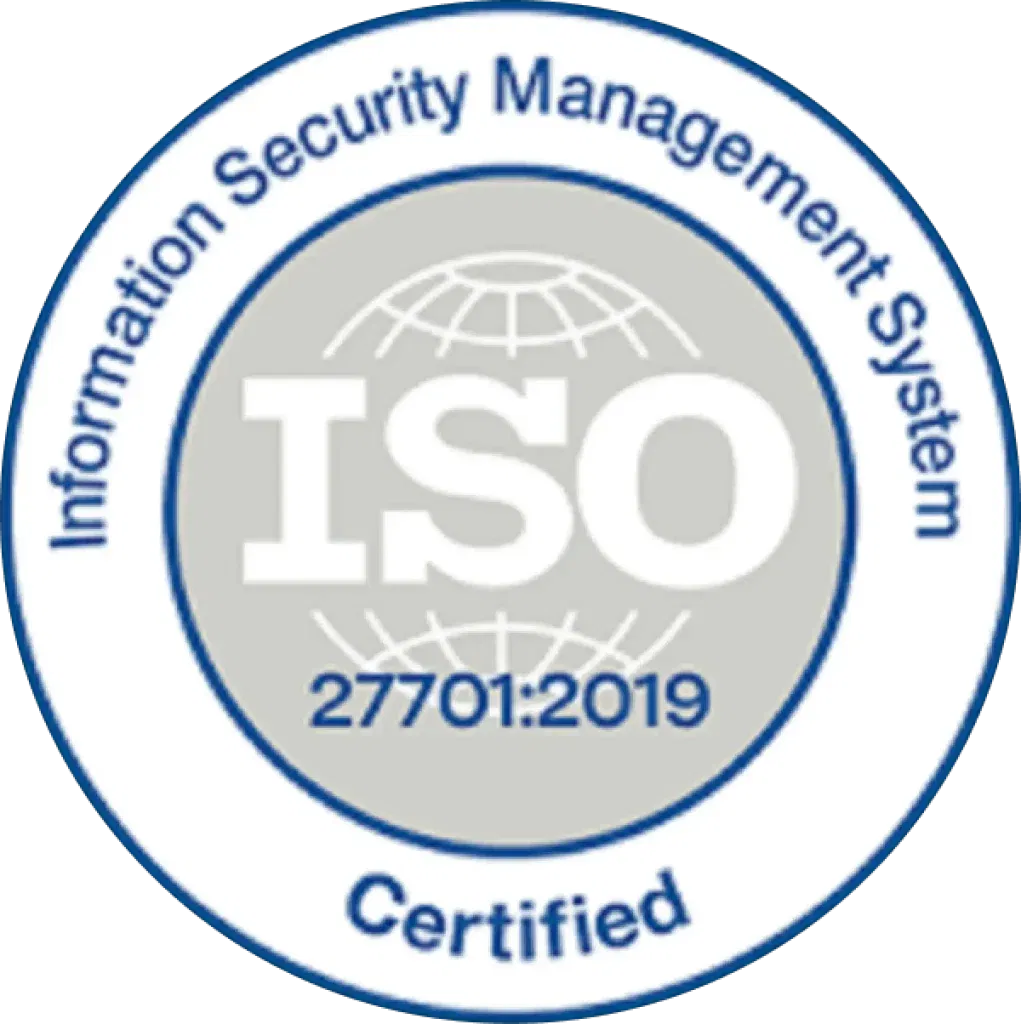While traditional recruiting firms and organizations with limited talent resources may find some information about candidates – usually through LinkedIn – it is simply not enough to uncover today’s top performers. In fact, only 28% of adults with an online presence use LinkedIn (Pew Research Center).
As sourcing methods continue to develop over time, employers are beginning to realize the benefits that organizational charts and talent mapping can provide.
Information regarding competition and potential candidates is invaluable as the candidate driven market continues to heat up. Talent mapping provides the employer with a sense of direction; it allows hiring managers to pinpoint and target the most talented individuals in a company or market for open positions.
Talent mapping through organizational charts can reveal the following information that may be otherwise undiscovered through a simple online search:
- Direct dial phone numbers
- Reporting structure
- Salary intel
- Biographical information
- Email Address
Consider the distinct advantages to talent mapping:
- Allows the employer to compare and contrast candidates within organizations
- Provides exclusive information regarding target company’s structure, pools of talent, and skill sets
- Gives a sense of direction as the hiring manager identifies most relevant candidates
- Aids in preparing and streamlining the talent pipeline for future hires
In order to uncover the most beneficial information for the talent search, companies can benefit from organizational charts and talent maps regarding competition or candidate hot spots. In this way, employers obtain access to uncovered material and in-depth research that most companies do not provide.
As for internal research and recruiting teams and other firms following suit, it is imperative to recognize the benefits of organizational charts and talent maps. Such information provides context and strategy behind otherwise basic information.




